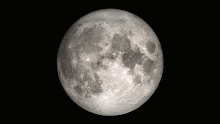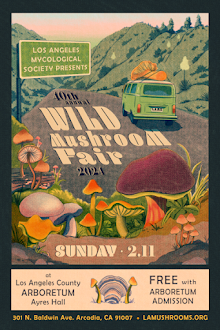
 |
| Vegetation restoration and its environmental effects on the Loess Plateau, China (MDPI.com) |
How could dead and dried plant matter bring a mountain and a dry, dusty desert plateau back to life, making a wasteland lush with green plants and a restored ecosystem after its manmade ruin?
The Loess Plateau [a] is in north-central China. It is formed of loess, a clastic silt-like sediment formed by the accumulation of wind-blown dust. It is located southeast of the Gobi Desert and is surrounded by the Yellow River. It includes parts of the Chinese provinces of Qinghai, Gansu, Shaanxi and Shanxi [4].
The depositional setting of the Chinese Loess Plateau was shaped by the tectonic movement in the Neogene period, after which strong southeast winds caused by the East Asian Monsoon transported sediment to the plateau during the Quaternary period [5].
The three main morphological types in the Loess Plateau are loess platforms, ridges, and hills [4], formed by the deposition and erosion of loess.
 |
| How could dried plants give life to dead mountain? |
Most of the loess comes from the Gobi Desert and other nearby deserts [6]. The sediments were transported to the Loess Plateau during interglacial periods by southeasterly prevailing winds and winter monsoon winds.
After the deposition of sediments on the plateau, they were gradually compacted to form loess under the arid climate [4]. Loess Plateau
What's happening in the world?
(DemocracyNow.org) World headlines for May 30, 2025
- Incredible Stories, May 29, 2025;Kelly Ani, CC Liu (eds.), Wisdom Quarterly Wiki edit




















































































































































































































































No comments:
Post a Comment